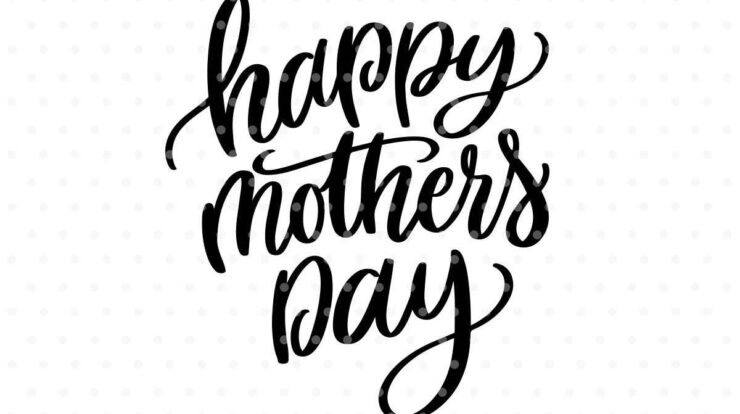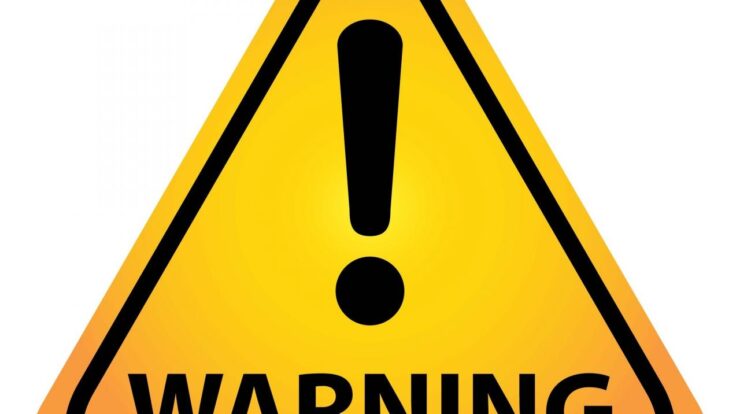
Is watch or warning worse? This question arises when severe weather looms, prompting the issuance of alerts to protect lives and property. Understanding the difference between a watch and a warning is crucial for making informed decisions and taking appropriate action.
Watches indicate the potential for severe weather to develop, while warnings signal its imminent arrival or occurrence. Heeding these alerts is paramount, as ignoring them can have dire consequences, including injuries, property damage, and even loss of life.
Severity of Language
The severity of a watch or warning indicates the level of danger posed by an impending weather event. A watch means that conditions are favorable for the development of severe weather, while a warning means that severe weather is imminent or already occurring.
Watches are typically issued when there is a possibility of severe weather within the next 6-12 hours. Warnings are issued when severe weather is expected within the next 30 minutes to 1 hour.
The potential consequences of not heeding a watch or warning can be significant. If a watch is issued, it is important to be aware of the possibility of severe weather and to take precautions, such as securing loose objects and having a plan for where to go if severe weather strikes.
If a warning is issued, it is important to take immediate action to protect yourself and your property. This may include seeking shelter in a sturdy building, avoiding flooded areas, and staying away from downed power lines.
Dissemination of Information
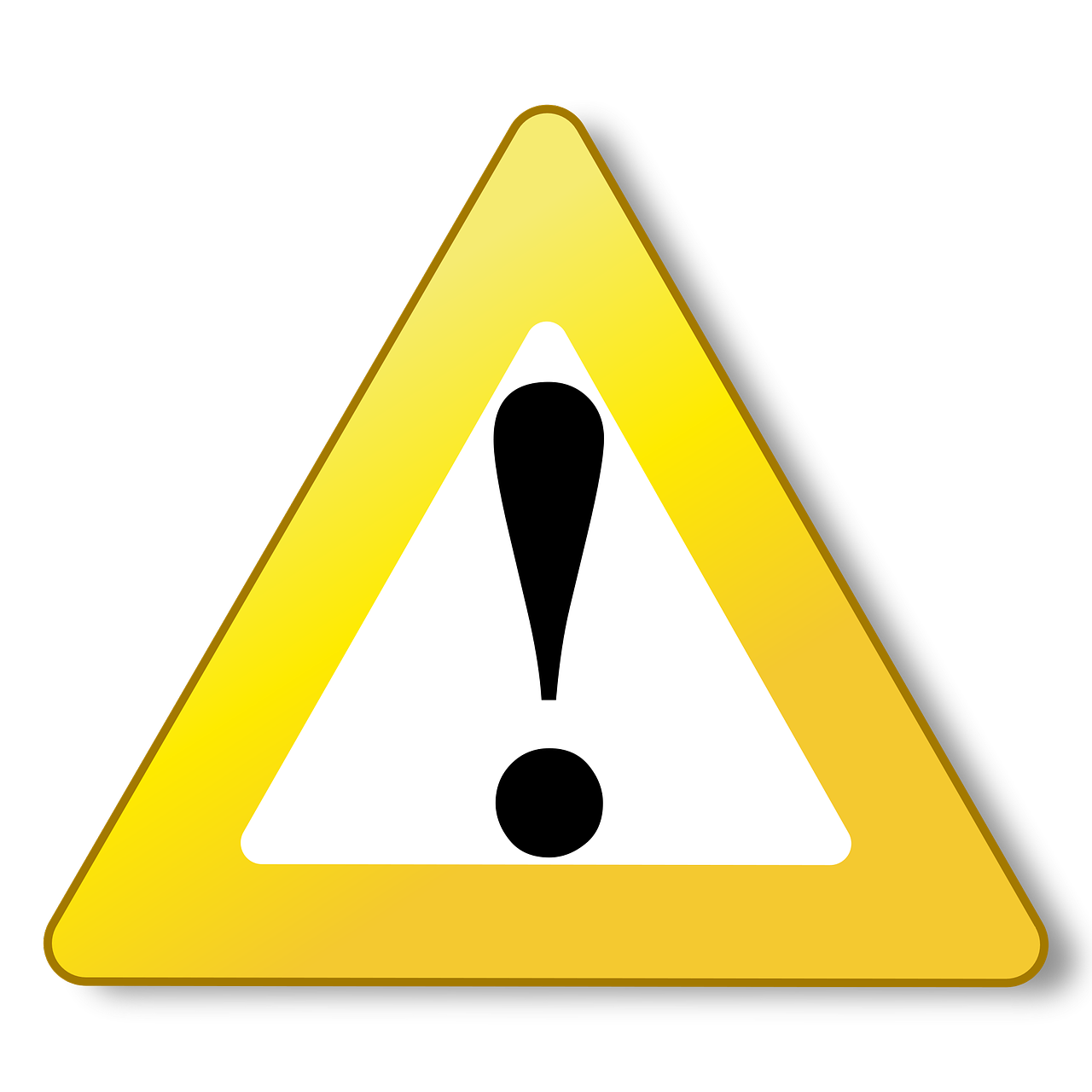
Watches and warnings are disseminated through a variety of channels, including television, radio, the internet, and social media. It is important that watches and warnings are disseminated timely and accurately in order to give people enough time to prepare for severe weather.
Technology has played a major role in improving the dissemination of watches and warnings. In the past, watches and warnings were often disseminated through traditional media outlets, such as television and radio. However, today, watches and warnings can be disseminated much more quickly and efficiently through the internet and social media.
The use of technology has also made it possible to target watches and warnings to specific areas. This is important because it ensures that people who are most at risk of being affected by severe weather are the ones who receive the warnings.
Public Perception
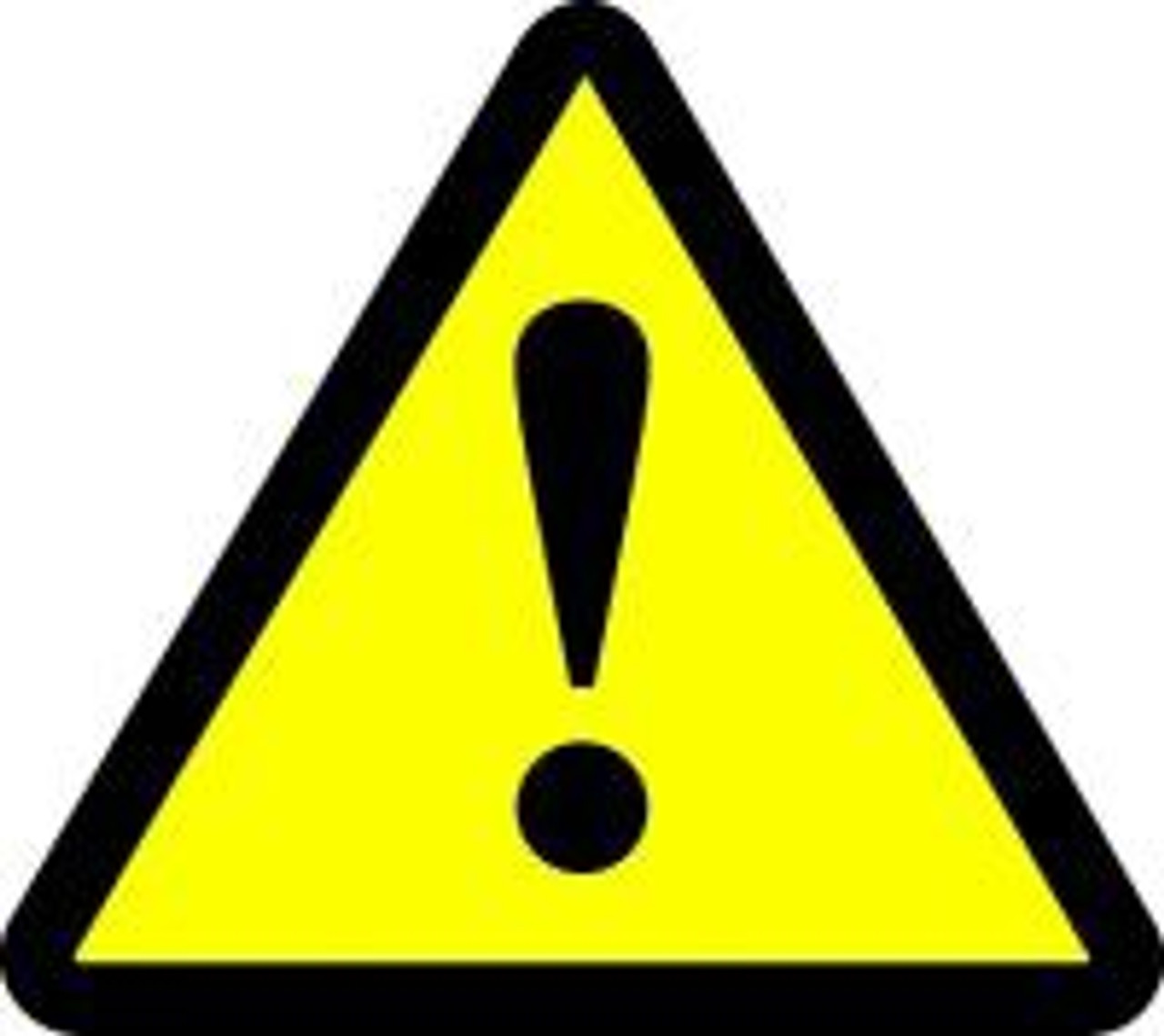
The public’s perception of watches and warnings can vary depending on a number of factors, including the severity of the weather event, the accuracy of the forecast, and the timeliness of the warning.
When a watch or warning is issued, it is important to remember that it is only a prediction. There is always a chance that the severe weather will not occur, or that it will not be as severe as predicted.
It is also important to remember that watches and warnings are not always accurate. There are a number of factors that can affect the accuracy of a forecast, including the complexity of the weather system, the availability of data, and the skill of the forecaster.
Catch all the action of the Lakers as they battle it out on the court. Don’t miss a single punch in the thrilling world of bare-knuckle fighting . Dive into the fascinating world of nuclear science with Oppenheimer . Get an exclusive glimpse into the political satire of the White House Correspondents’ Dinner . And for those cozy nights in, gather your loved ones for an Amazon Watch Party and enjoy your favorite movies together.
Despite the challenges, watches and warnings are an important tool for protecting the public from severe weather. By understanding the limitations of watches and warnings, and by taking appropriate action when they are issued, you can help to reduce your risk of being injured or killed by severe weather.
Historical Context
Watches and warnings have been used for centuries to protect the public from severe weather. The first known watch was issued in 1846 by the U.S. Army Signal Corps. The first warning was issued in 1884 by the U.S. Weather Bureau.
Over the years, the use of watches and warnings has evolved. In the early days, watches and warnings were disseminated through traditional media outlets, such as television and radio. However, today, watches and warnings can be disseminated much more quickly and efficiently through the internet and social media.
The use of technology has also made it possible to target watches and warnings to specific areas. This is important because it ensures that people who are most at risk of being affected by severe weather are the ones who receive the warnings.
International Cooperation
International cooperation is essential for issuing and responding to watches and warnings. Severe weather events often cross national borders, so it is important that countries work together to share information and coordinate their response.
There are a number of international organizations that play a role in coordinating the issuance and response to watches and warnings. These organizations include the World Meteorological Organization (WMO) and the International Civil Aviation Organization (ICAO).
The WMO is responsible for coordinating the global meteorological observation network and for issuing global weather forecasts. The ICAO is responsible for coordinating the international aviation industry and for issuing aviation weather forecasts.
International cooperation is essential for ensuring that watches and warnings are issued and disseminated in a timely and accurate manner. By working together, countries can help to reduce the risk of severe weather events and protect the lives and property of their citizens.
Catch all the action on the court with lakers watch , your go-to source for live Lakers games. Whether you’re a die-hard fan or just looking for some entertainment, our streams have got you covered. Dive into the world of bare-knuckle fighting with how to watch bare knuckle fighting . Witness the raw power and intensity of this adrenaline-pumping sport.
Prepare for the highly anticipated release of how to watch oppenheimer , the gripping biopic about the enigmatic scientist. Don’t miss the exclusive insights and behind-the-scenes moments from the white house correspondents dinner watch . Finally, gather your friends and family for an unforgettable movie night with amazon watch party , where you can stream your favorite films together from the comfort of your own home.
Technological Advancements
Technological advancements have greatly improved the issuance and dissemination of watches and warnings. In the past, watches and warnings were often disseminated through traditional media outlets, such as television and radio. However, today, watches and warnings can be disseminated much more quickly and efficiently through the internet and social media.
The use of technology has also made it possible to target watches and warnings to specific areas. This is important because it ensures that people who are most at risk of being affected by severe weather are the ones who receive the warnings.
In addition, technological advancements have improved the accuracy of watches and warnings. In the past, watches and warnings were often based on subjective forecasts. However, today, watches and warnings are based on objective data and computer models. This has led to a significant improvement in the accuracy of watches and warnings.
Technological advancements are continuing to improve the issuance and dissemination of watches and warnings. In the future, we can expect to see even more improvements in the accuracy, timeliness, and dissemination of watches and warnings.
Epilogue: Is Watch Or Warning Worse
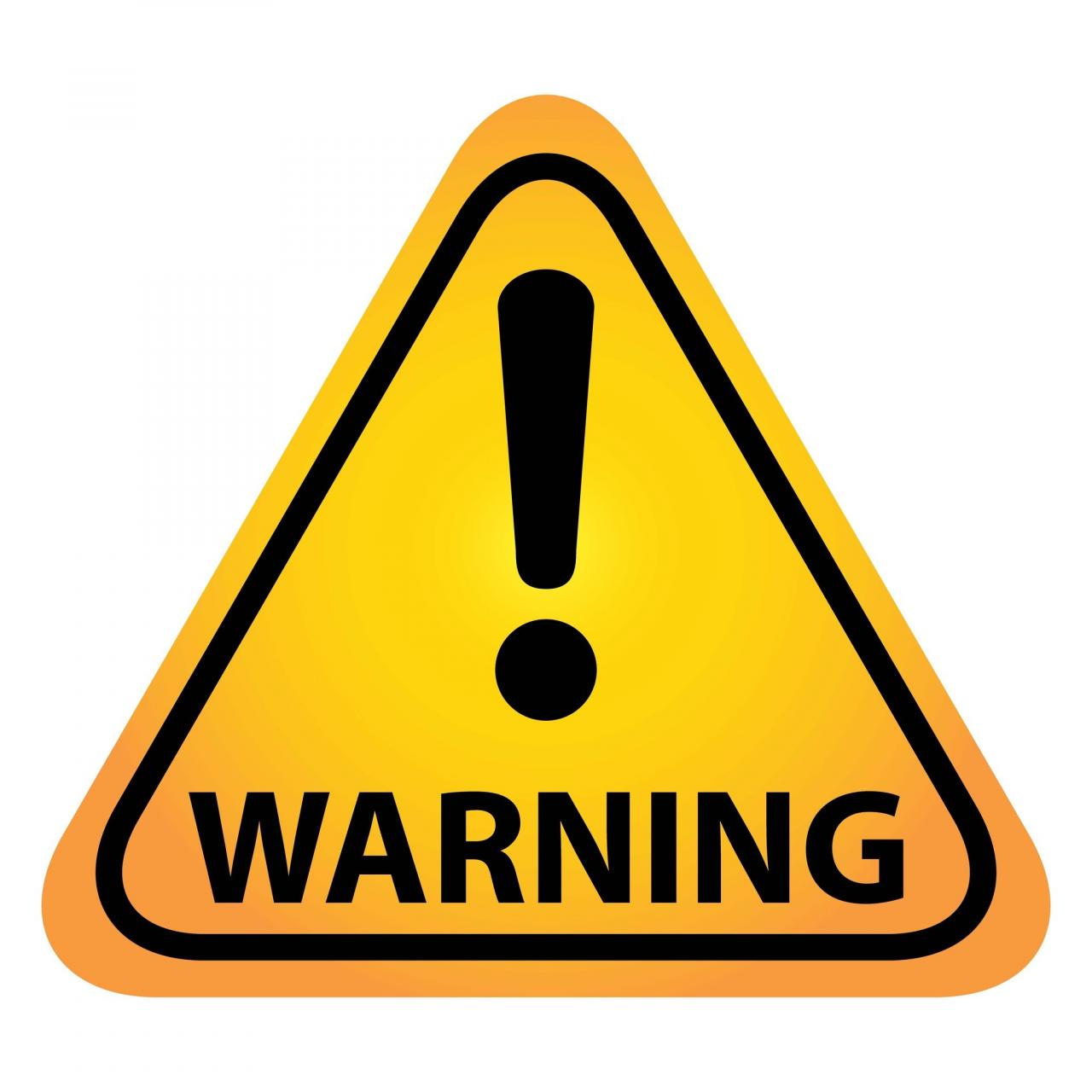
Navigating the severity of weather alerts requires a balance of understanding and action. Watches serve as a heads-up, prompting vigilance and preparation, while warnings demand immediate protective measures. By comprehending the distinctions between these alerts, individuals can make informed choices that safeguard their well-being and minimize the impact of severe weather.
User Queries
What’s the key difference between a watch and a warning?
A watch indicates the potential for severe weather to develop, while a warning signals its imminent arrival or occurrence.
Why is it important to heed weather alerts?
Ignoring weather alerts can have dire consequences, including injuries, property damage, and even loss of life.
What actions should I take when a watch is issued?
Watches prompt vigilance and preparation. Monitor weather updates, gather essential supplies, and consider evacuation plans.
What should I do when a warning is issued?
Warnings demand immediate protective measures. Seek shelter indoors, away from windows and doors. Stay informed and follow official instructions.



